Recognizing Patterns Addition Worksheets for Ages 4-9
21 filtered results
-
From - To
Discover our "Recognizing Patterns Addition Worksheets" designed for children ages 4-9! These engaging and interactive worksheets develop crucial mathematical skills through fun, patterned activities that help young learners grasp addition concepts. By focusing on recognizing patterns, children not only enhance their addition abilities but also build confidence in their problem-solving skills. Each worksheet features colorful visuals and approachable exercises that encourage independent learning. Ideal for both classroom settings and home practice, these worksheets make learning addition a delightful experience for little mathematicians. Start your child's journey in mastering addition today with our thoughtfully crafted resources!
Recognizing patterns in addition is a crucial skill for children aged 4 to 9, as it lays the foundation for more complex mathematical concepts. Understanding patterns helps children develop critical thinking and problem-solving abilities, which are essential not only for math but across all areas of learning.
For parents and teachers, encouraging pattern recognition can make mathematics more engaging and accessible. When children learn to identify numerical sequences and relationships, they gain confidence in their abilities and a deeper understanding of math’s underlying concepts. This mastery is foundational for future topics, such as multiplication and even algebra.
Additionally, recognizing patterns fosters a sense of order and structure, making it easier for children to grasp abstract ideas. By incorporating games, manipulatives, and visual aids into learning, educators can create a stimulating environment that motivates children to explore and enjoy math.
Furthermore, skills honed through pattern recognition also transfer to daily life, enhancing children’s decision-making and logical reasoning. This holistic approach not only aids academic success but also encourages lifelong learning. Ultimately, the ability to recognize and create patterns empowers children, equipping them with tools to navigate their world effectively. Parents and teachers who prioritize this skill are investing in every child's future potential.

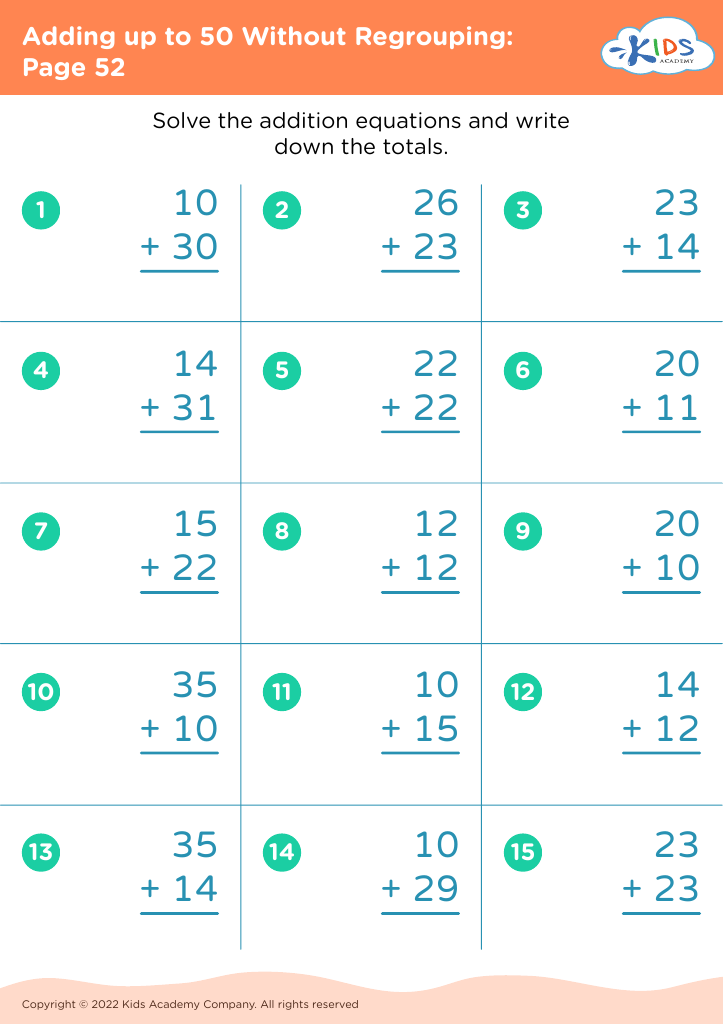
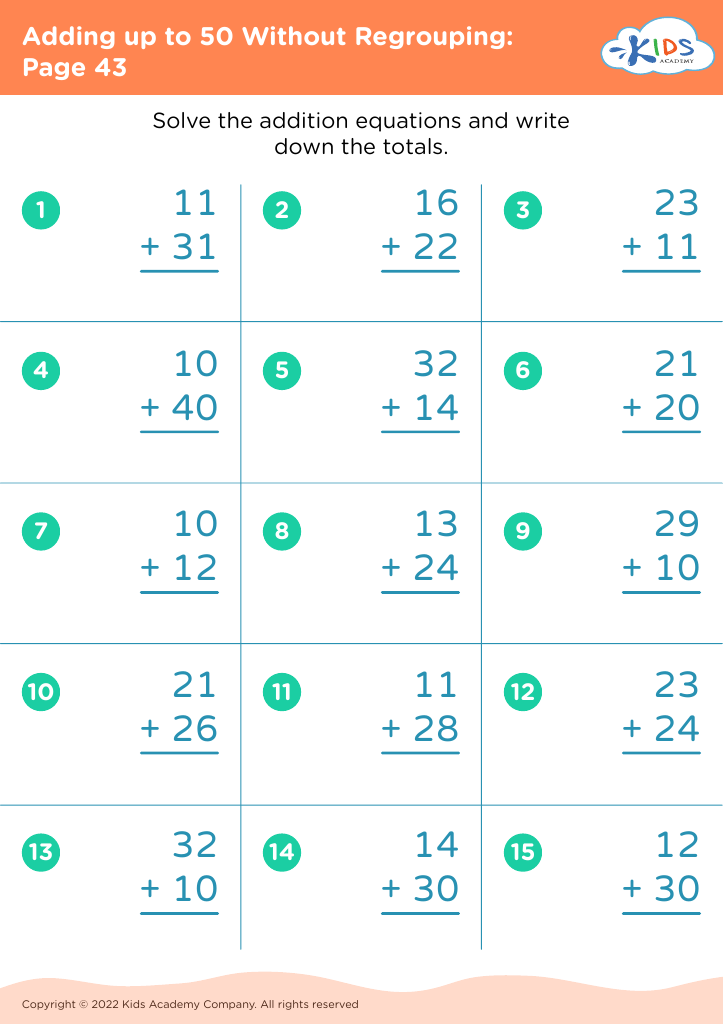
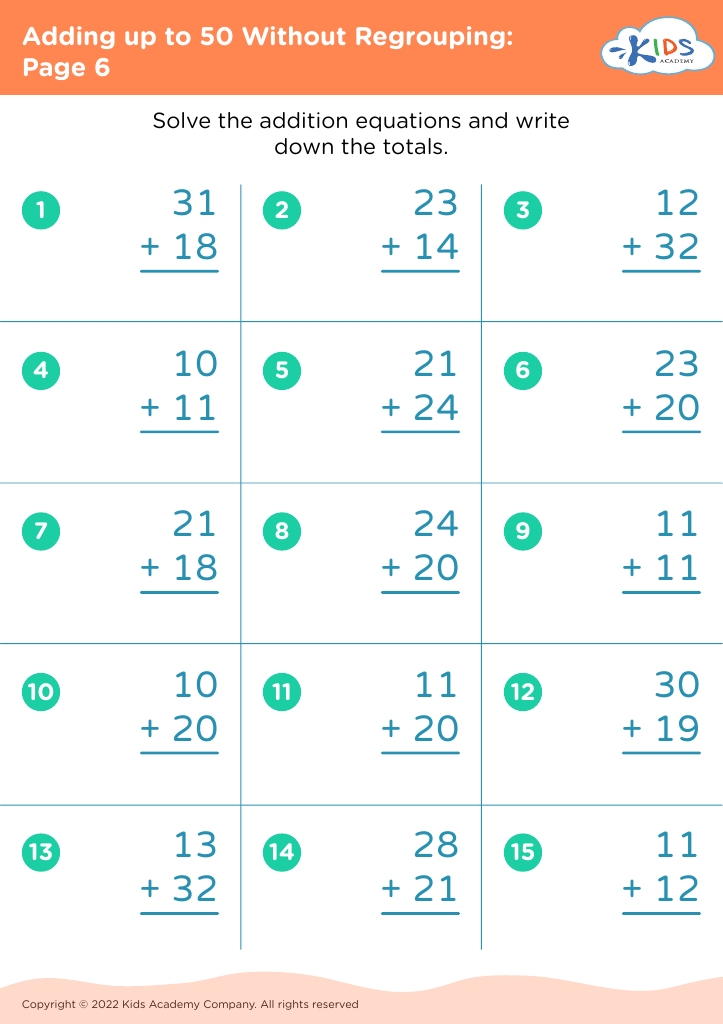
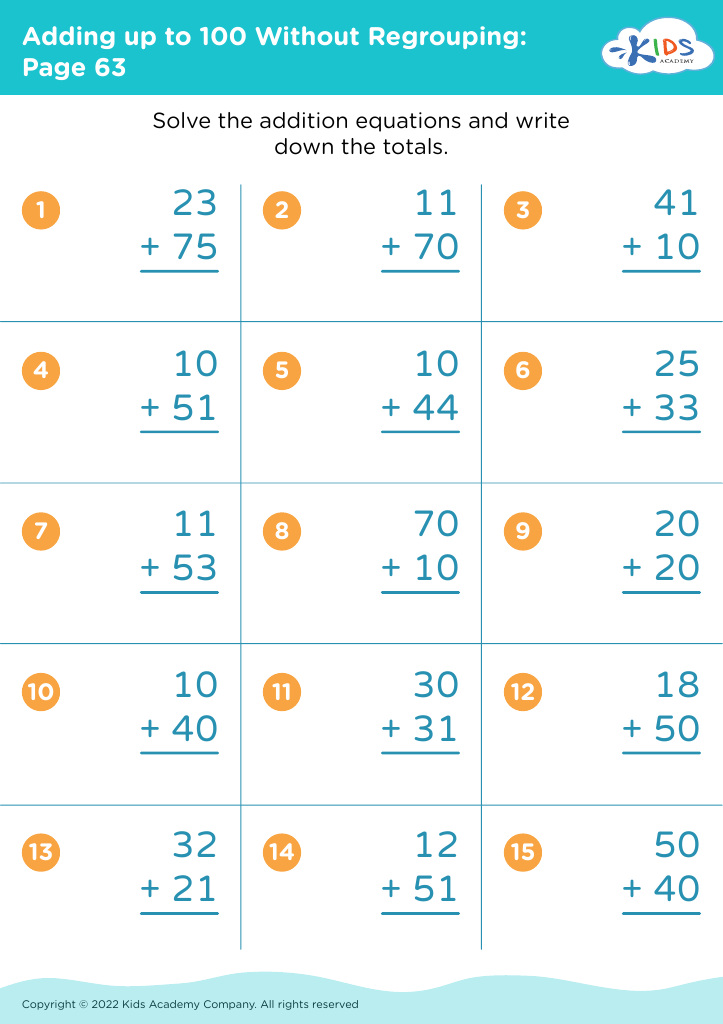
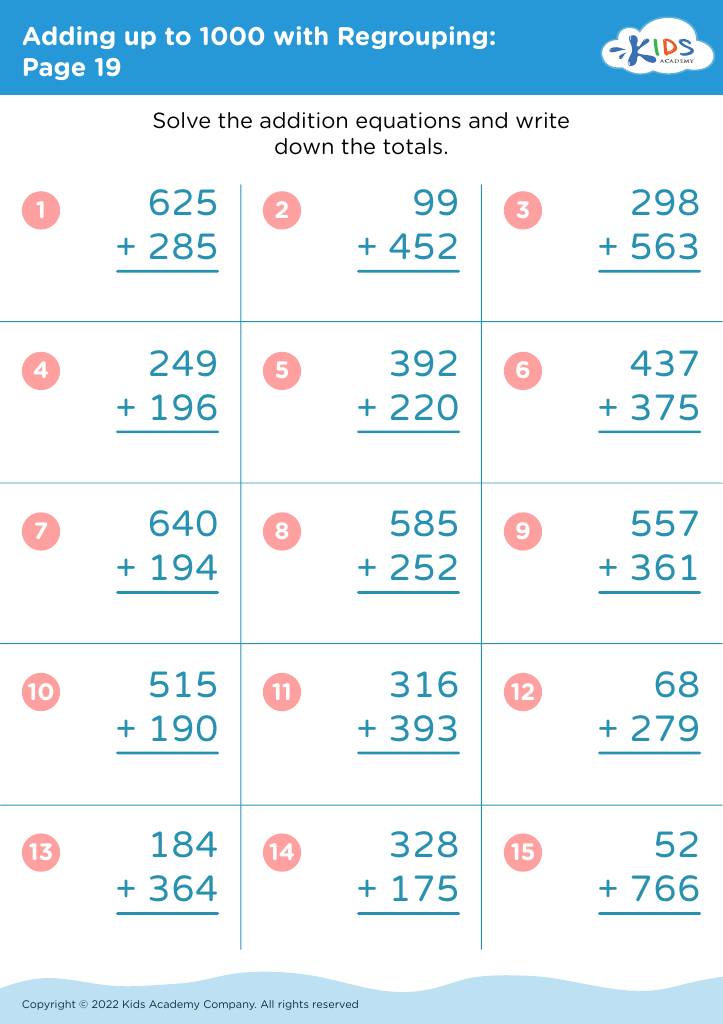
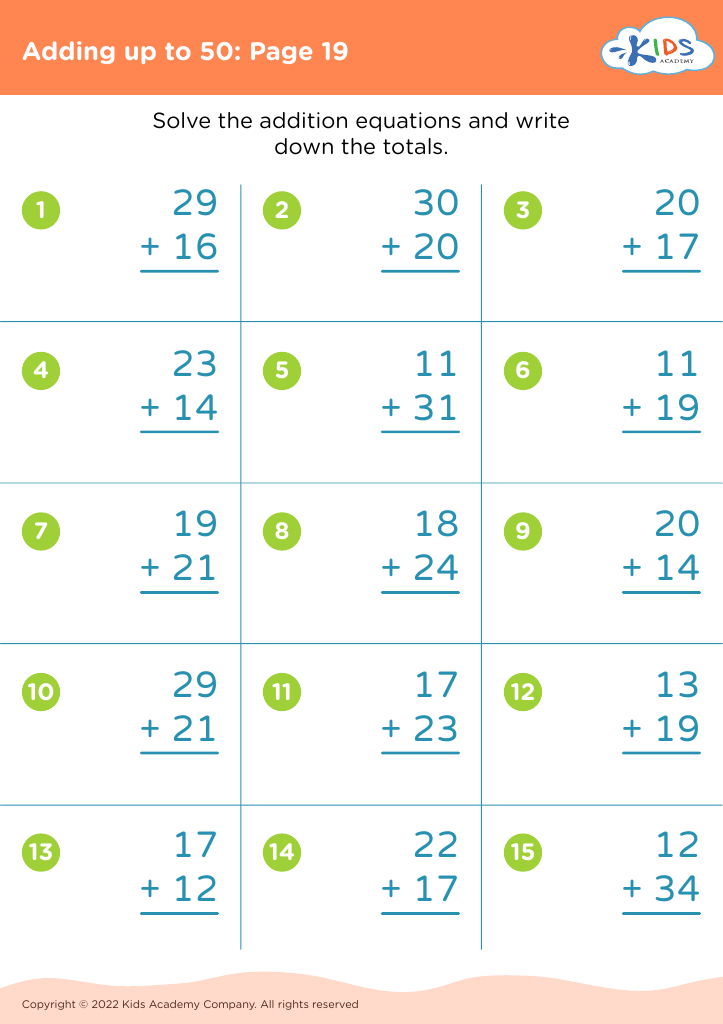
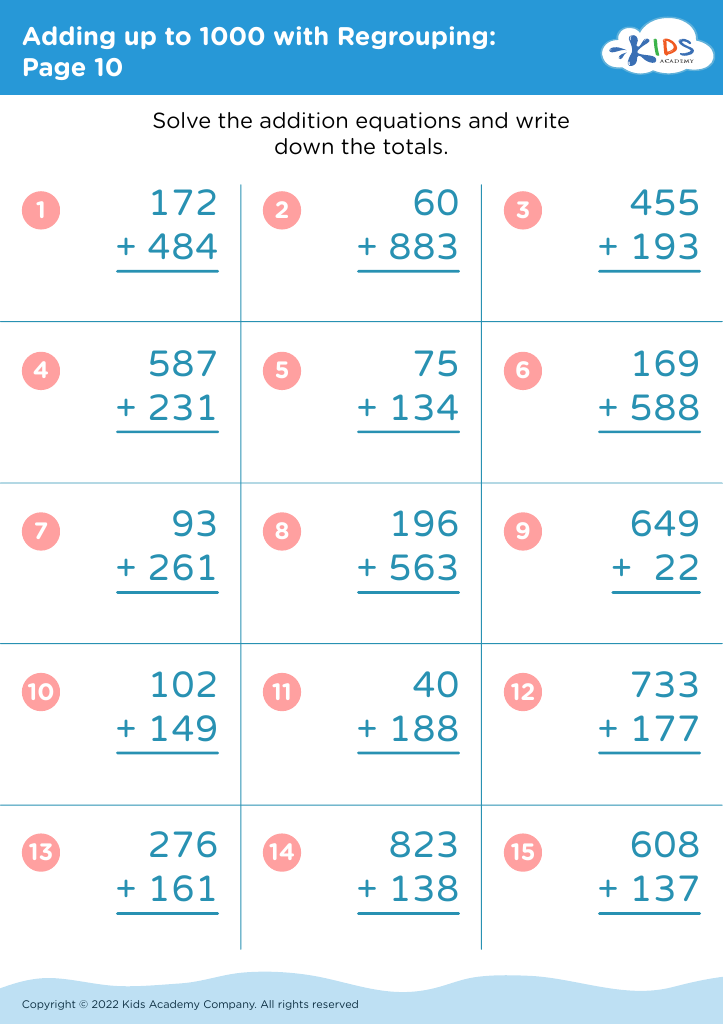
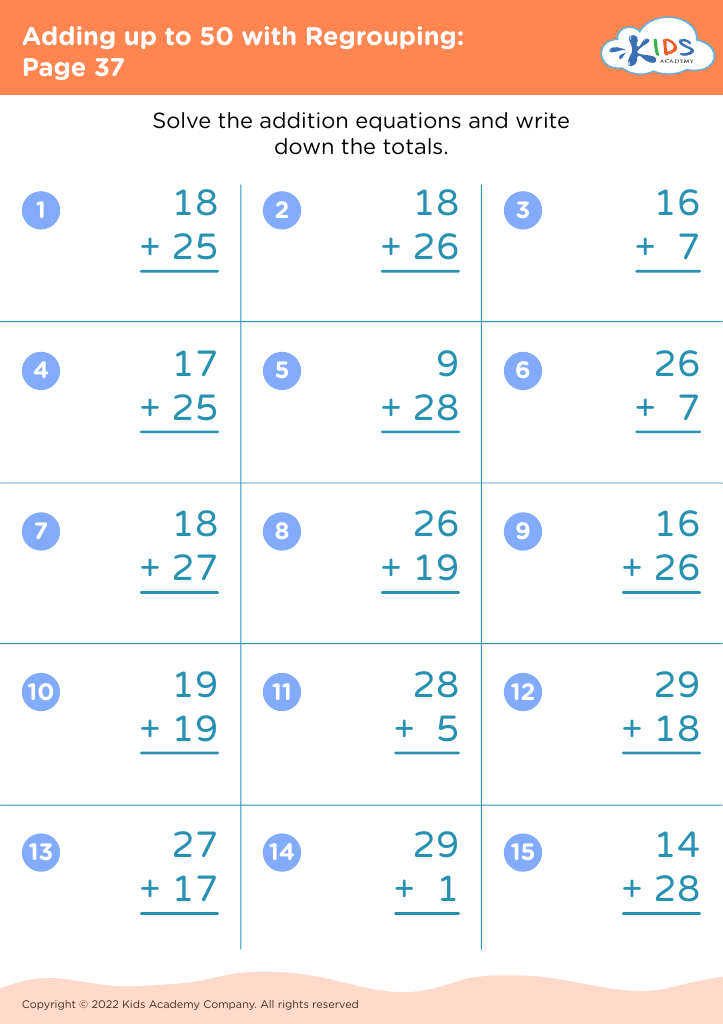
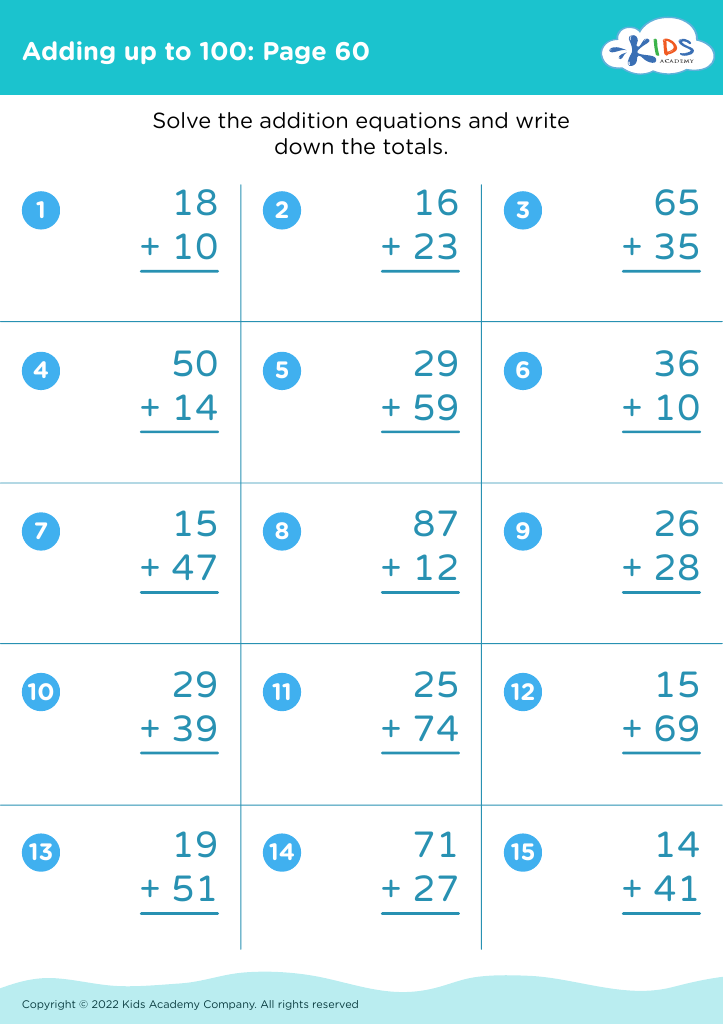
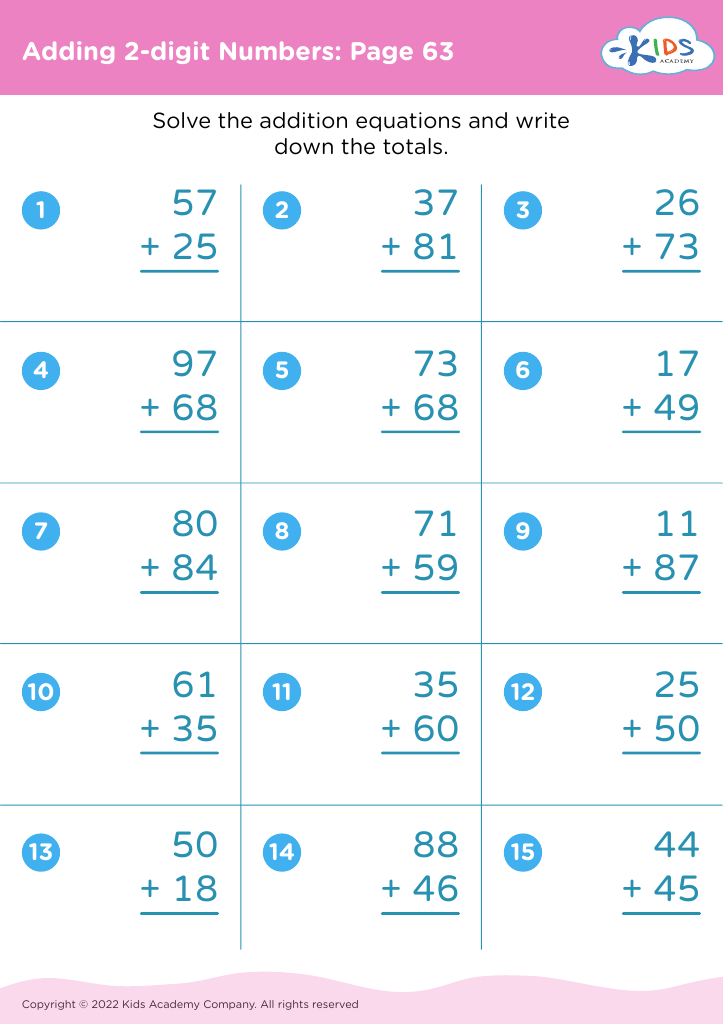
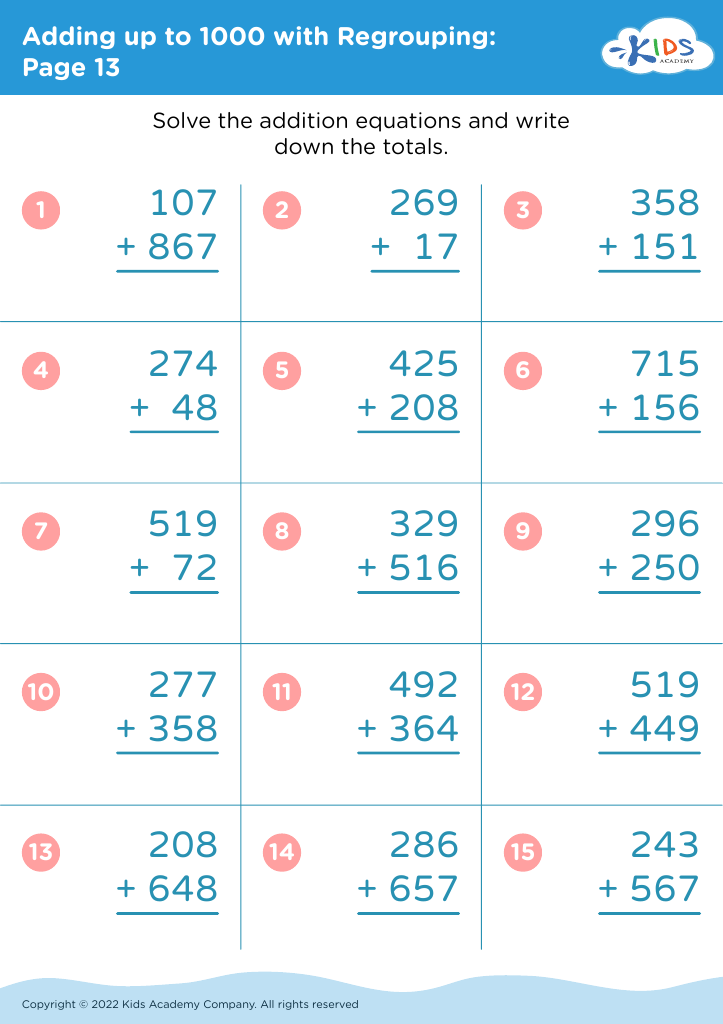

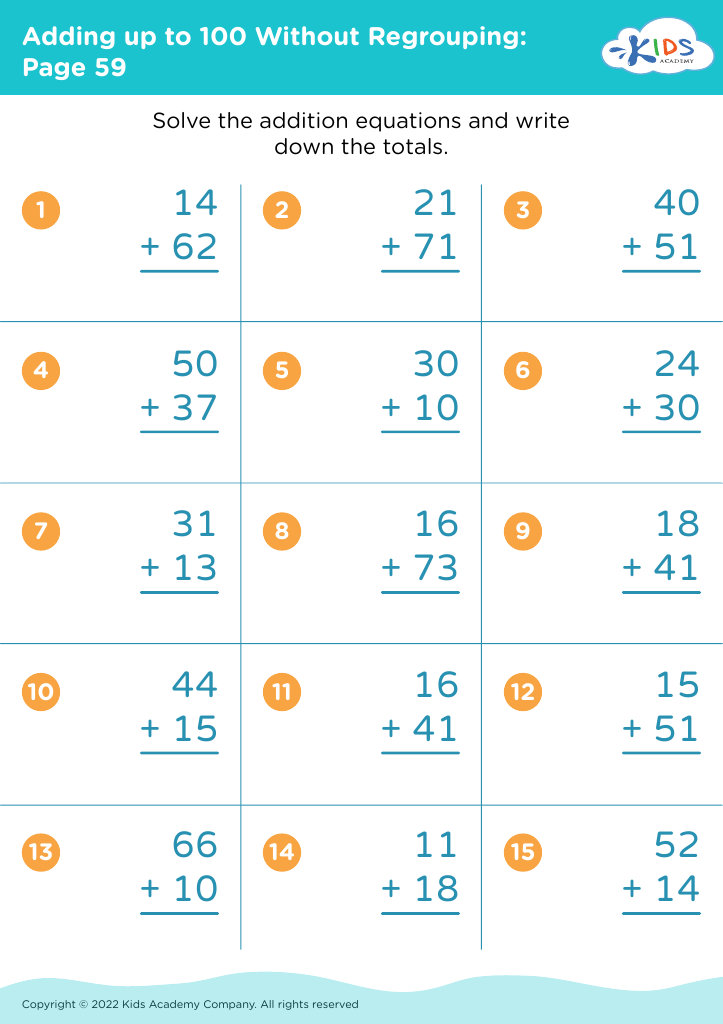
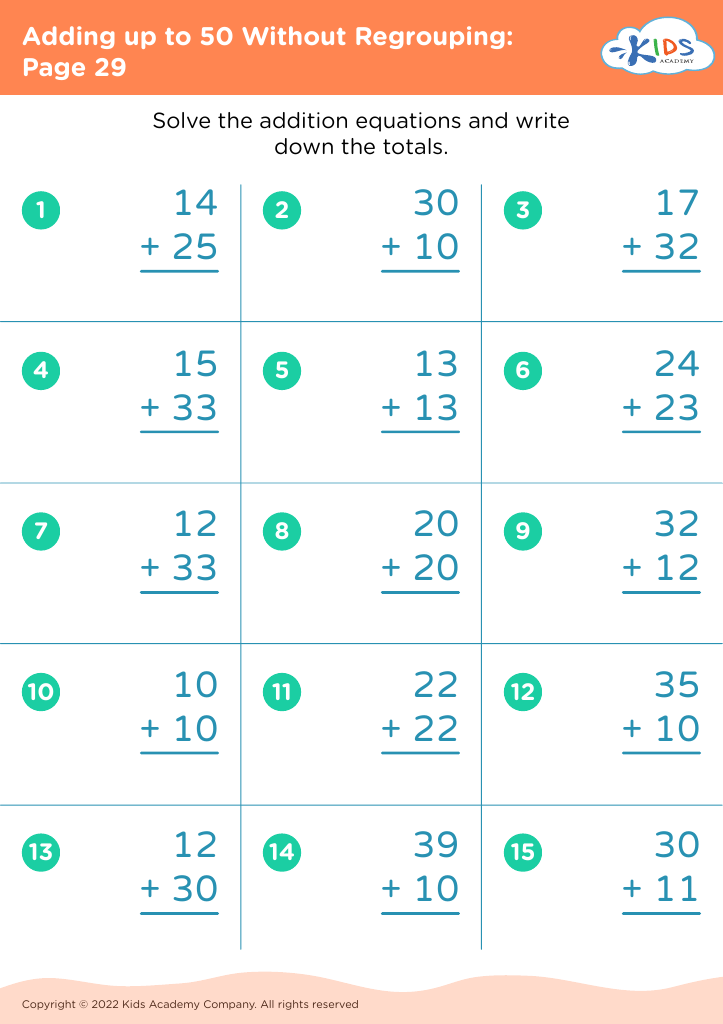
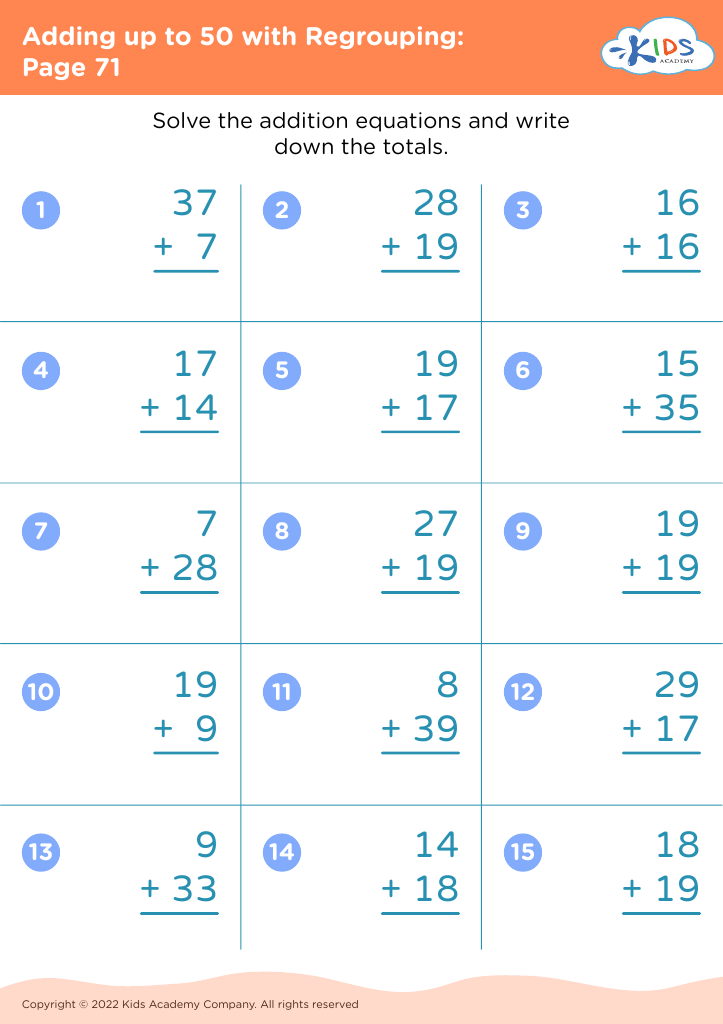
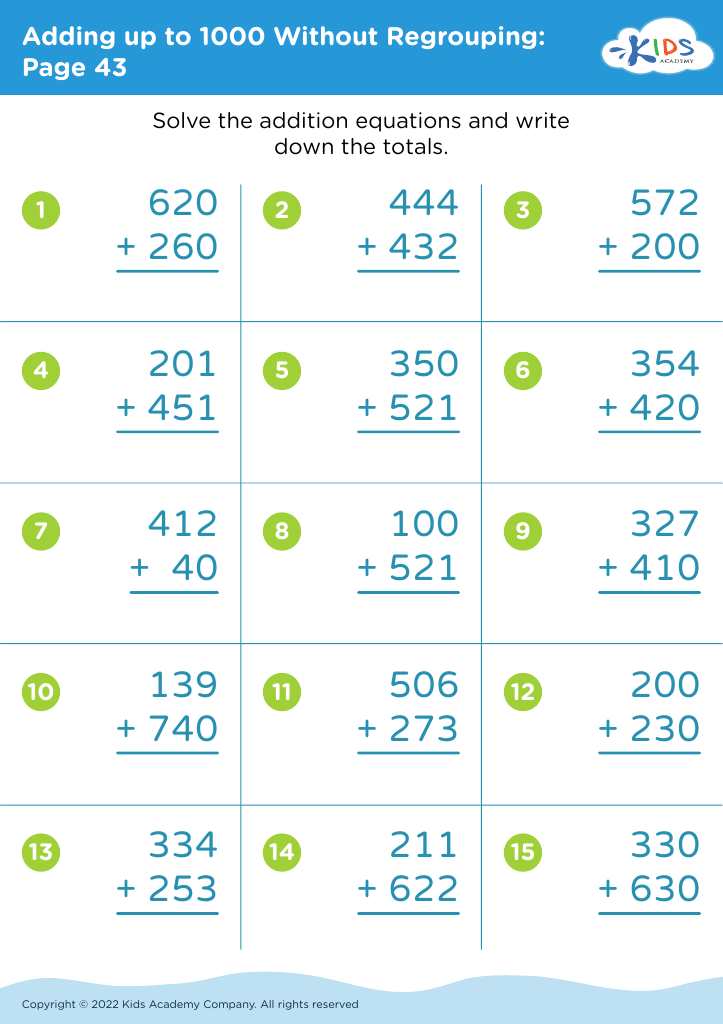
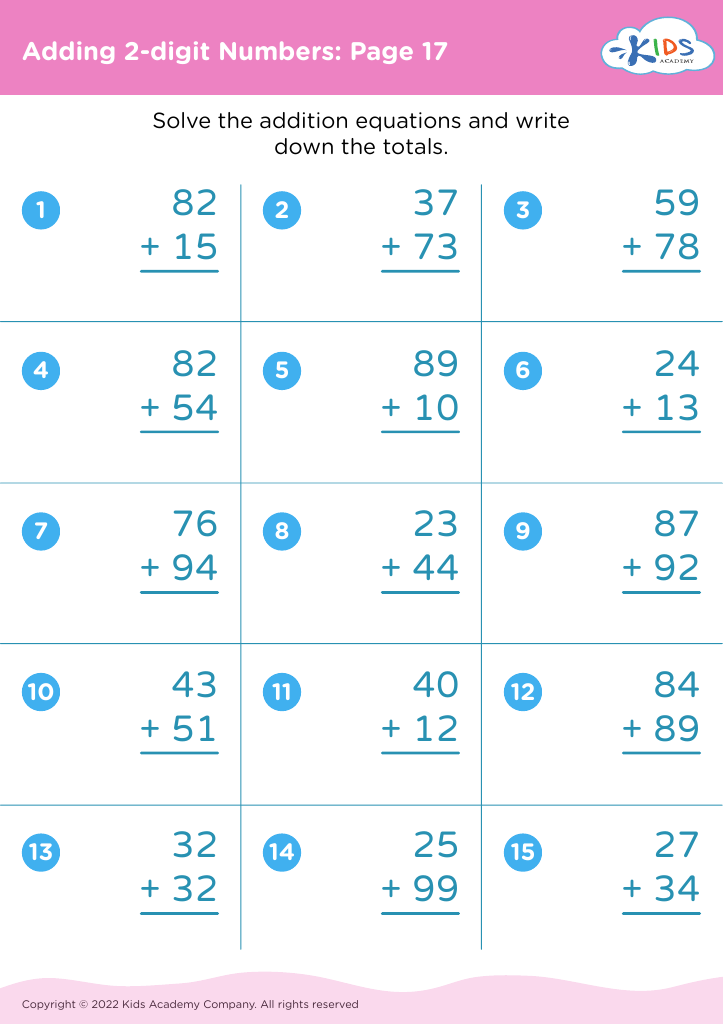
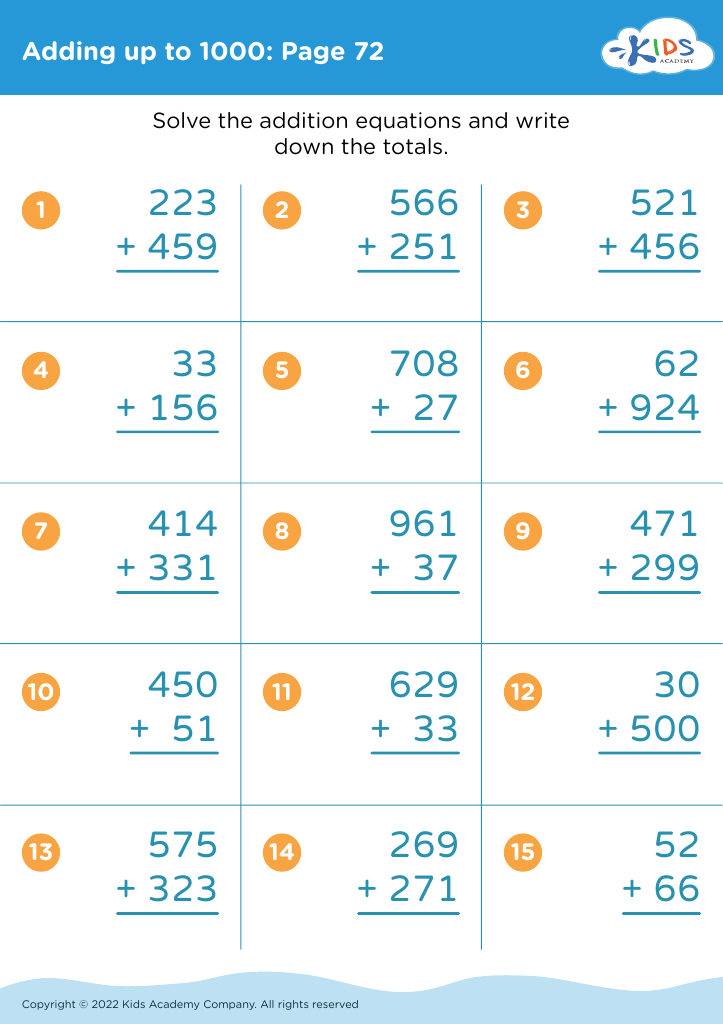
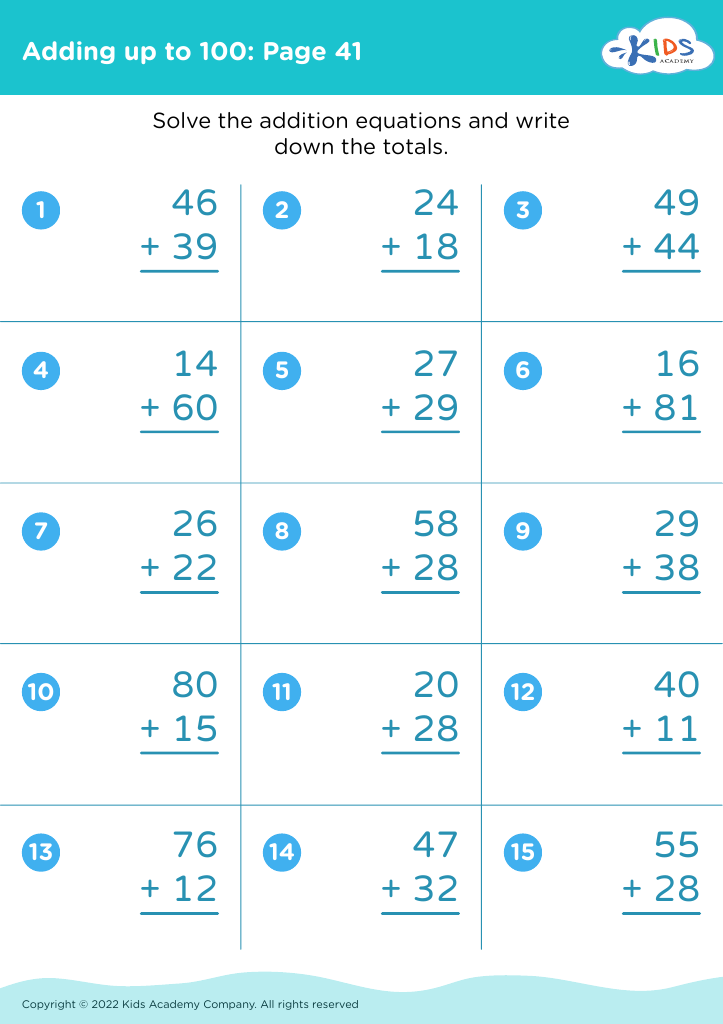



.jpg)



.jpg)









